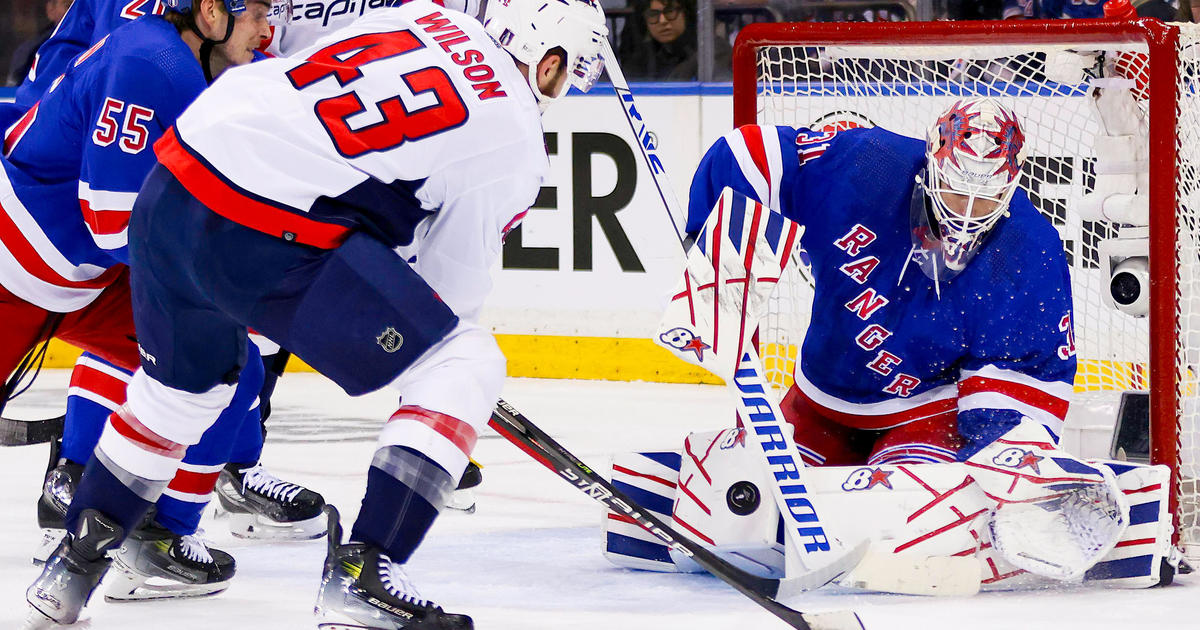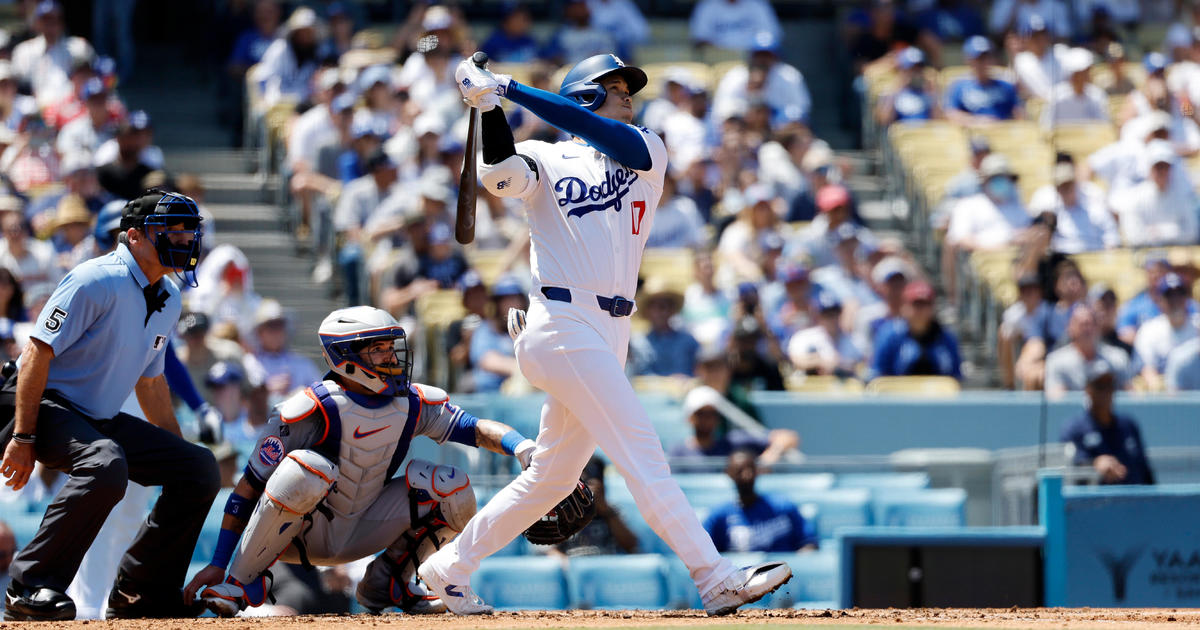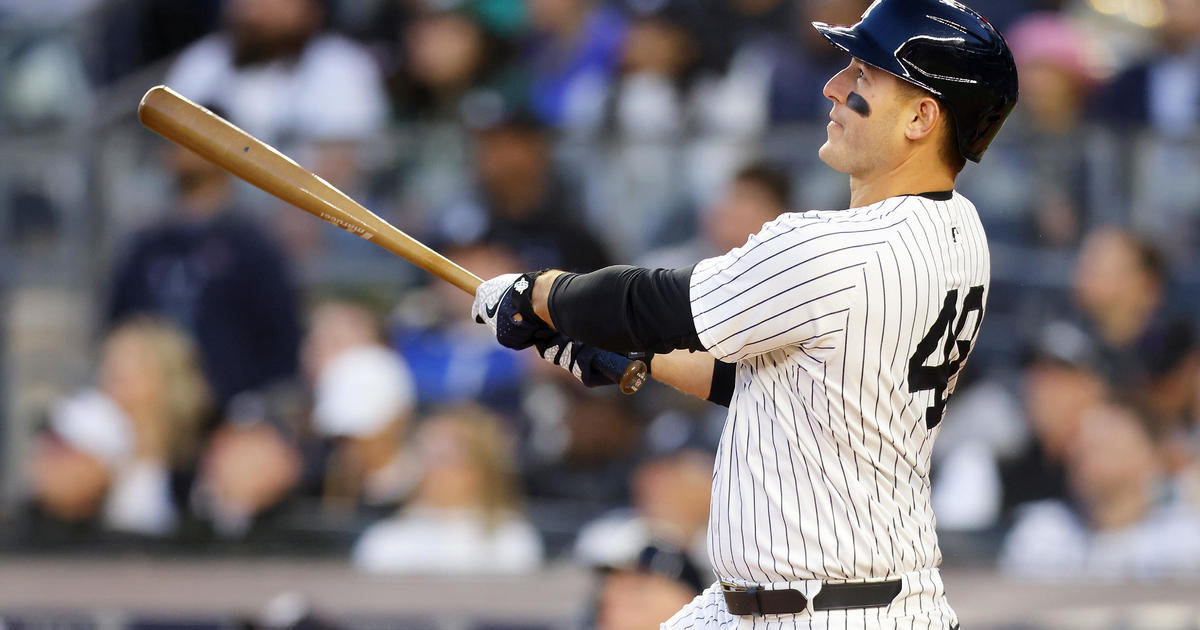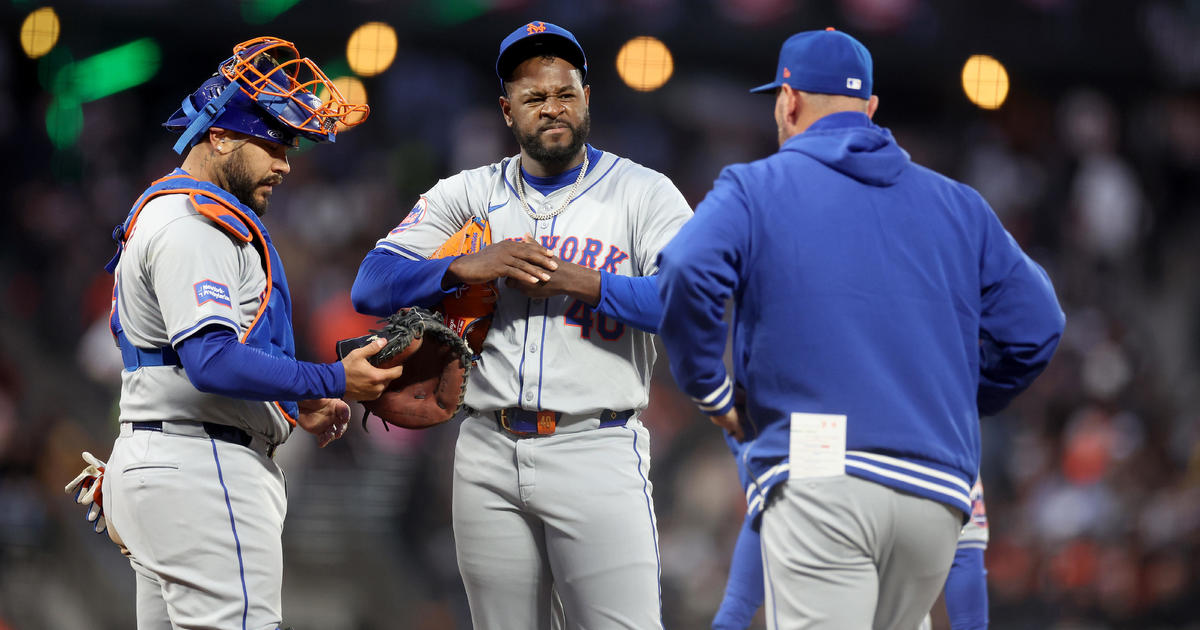Kallas Remarks: Making Hughes Steps
By Steve Kallas
» More Columns
It's happening right before our eyes. It's being discussed a little bit during Yankee games, but not that much. Phil Hughes is becoming a much better pitcher. And it's simply because of one thing – his ability (or willingness) to throw off speed stuff (mainly his curveball) for strikes when he has two strikes on a batter.
HIS JULY 30 START AGAINST TAMPA BAY
I wrote a long article on July 31 (see Kallas Remarks, 7/31/10) about the excellent start that Phil Hughes had against Tampa Bay on July 30. He only made "one mistake," according to everyone. With a 2-0 lead and two men on, Phil Hughes threw a 2-2 fastball to Matt Joyce, who promptly hit it into the right field stands, the difference in a 3-2 Tampa Bay win. In that game, with the count 2-2 or 3-2 on Rays' batters, Phil Hughes threw 15 pitches – 13 fastballs and two curveballs in the dirt.
The point of the article was that Rays' hitters, with a 2-2 or 3-2 count on them, were looking fastball against Hughes because the only pitch he threw for a strike in that situation the entire game was a fastball. Sitting fastball, Matt Joyce turned a Yankee win into a Yankee loss.
HIS SEPTEMBER 15 START AGAINST TAMPA BAY
Over his next few starts, Phil Hughes at least attempted more off-speed stuff with two strikes on hitters. While he improved slightly against Tampa Bay on September 15, he still made "two mistakes" which cost him the game last week in a 4-3 loss. In this game, Hughes threw a 2-2 fastball to Dan Johnson, who promptly hit a two-run homer off Hughes. A few innings later, with a 3-2 lead, Hughes threw another fastball to Johnson, a notorious fastball hitter (this time with a 2-1 count), and this time Johnson hit his second two-run homer, the difference in a 4-3 Tampa Bay win.
After this game, everybody spoke about how well Hughes threw the ball "except for those two pitches." But those two pitches are the difference between winning and losing, the difference between a good pitcher and an excellent pitcher, the difference between first place and second place (maybe). And possibly the difference between winning and losing in the playoffs.
During this game, however, Phil Hughes got a number of outs by throwing two-strike curveballs for strikes. And this is where his future lies for going from good to excellent, from "excellent" stuff to "excellent" pitcher.
PHIL HUGHES' FASTBALL V. CHANGE-UP V. CURVEBALL
John Flaherty has spoken during a number of Phil Hughes' starts about Hughes throwing some off-speed stuff. But sometimes Flaherty will talk about how Hughes "challenged" hitters early on with two-strike fastballs (and how Flaherty "liked" that). Other times, Flaherty would talk about how Hughes has to use some off-speed stuff to keep the hitters off-balance (amen to that). On Yankee telecasts, they even started discussing what percentage of pitches that Hughes threw were fastballs, curveballs and change-ups.
Interesting stuff, for sure. But Phil Hughes is unusual in that his change-up, still a work in progress, is pretty fast. Hughes usually throws his fastball at 93-94 miles per hour. His curveball is always in the 74-75 mile range. His change-up, however, is around 85 miles per hour, an eight or nine mile differential from his fastball, enough to throw a hitter off but not necessarily to totally fool him (think Mike Mussina, whose differential was 91 miles per hour on his fastball down to 69 on his change and/or knuckle curve or Pedro Martinez who, at his best, had a 20-mile differential from his fastball to straight change).
As many people who REALLY understand pitching will tell you, a curve ball is, virtually by definition, a change-up. That is, the pitcher who throws a slow curve can have a 15-20 mile differential from his fastball, enough to fool all but the best hitters in baseball. It is offset by the straight change but, again, Phil Hughes' straight change is 10-11 miles FASTER than his curve ball. So, if you are Phil Hughes and need a real out pitch that is not a fastball, the curveball is the way to go.
HIS SEPTEMBER 21 START AGAINST TAMPA BAY
So it all came together for Phil Hughes in his start this past Tuesday against Tampa Bay. He pitched 6.1 innings against Tampa Bay, got the win and gave up no two-strike home runs (although he did give up a solo home run to his nemesis, Matt Joyce, on a 2-1 fastball).
Early in the game, Phil Hughes changed his approach and was able (and willing) to throw curveballs to Rays hitters who had two strikes on them. In the first inning, Hughes set the tone against, of all people, MVP-candidate Evan Longoria. With the count 2-2, Hughes threw his 93 mph fastball that Longoria fouled off. But then Hughes threw a 2-2 curveball for a strike, fooling Longoria, who grounded out weakly to first.
In the second inning against Dan Johnson, his other nemesis, who hit two home runs off of Hughes last week, Hughes threw a 1-2 curveball over the plate. Johnson was so stunned, he just looked at strike three.
Later in the game, in the fifth inning, Hughes threw a 3-2 change to Longoria, who struck out looking and, in the same inning, threw a 3-2 change to Johnson, who was fooled by the pitch and grounded out weakly to second.
BUT HERE'S THE REAL INTERESTING AT-BAT IN THE 9/21 GAME
So Phil Hughes clearly showed that he had changed his style of pitching in his last start against the Tampa Bay Rays as he prepares for the playoffs. But here's what happened in the fourth inning against home-run threat Carlos Pena.
Hughes quickly got ahead 0-2 on Pena and then threw him back-to-back curveballs in the dirt. With the count 2-2, Hughes threw a 92 mph fastball inside for ball three. Then, with the count 3-2, Hughes threw a 93 mph fastball right down the middle for a called strike three. On the YES Network, John Flaherty commented that Pena must have been "guessing" off-speed; otherwise, how could he look at strike three, a fastball right down the middle? Flaherty's right, but the fascinating thing is why was Carlos Pena guessing curveball against a guy who had essentially, in prior starts, thrown only fastballs for strikes with two strikes on a Rays' hitter?
The answer is easy: Hughes had changed his style of pitching, getting both Evan Longoria and Dan Johnson earlier in the game on curveballs which he threw for strikes with two strikes on the batter.
This simple (but difficult to execute) change has now made Phil Hughes a better pitcher. Home-run hitters (against Hughes) Dan Johnson and Matt Joyce now have to be more aware of off-speed stuff from Hughes – they can't just sit on a fastball anymore.
And if Phil Hughes can continue throwing his off-speed stuff (preferably his curveball as opposed to even his change-up since the curve is 10-11 miles per hour slower than the straight change-up), he will have Tampa Bay hitters (and other teams' hitters as well) off-stride, not balanced, not sure what's coming next.
And that's how you go from good pitcher to great pitcher. Keep an eye out for this when Phil Hughes starts again and, more importantly, in the playoffs. The maturation of Phil Hughes is going on before our eyes. Don't miss it.



